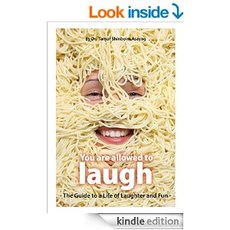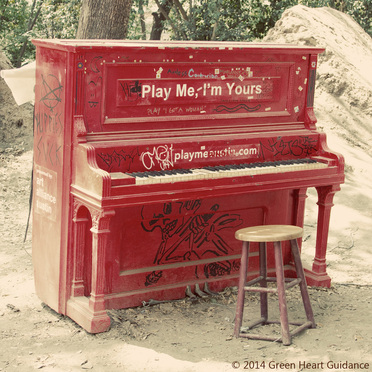
Yesterday the news began circulating on the internet that actor Scott Baio’s wife Renee has been diagnosed with a brain tumor. The headline from one article proudly proclaims that “she refuses to even shed one tear," a quote from Baio in the article which also talks about his wife's faith in God's plan. It saddens me that this viewpoint is still lauded in our society and that people are respected for being "so strong" when they do not cry even when being facing their own mortality. However, I believe that this cultural myth that stoicism is a sign of strength is actually very toxic. Crying does not show weakness. Rather, crying is a helpful way of releasing pain anddealing with emotion, both of which all humans need to do regularly during their lives.
I grew up in a household where crying was frowned upon at best. Hiding one's emotions was the safest way to exist. As a result, I spent many years of my life not crying, stuffing emotions inside of me, repressing them, and denying them. I didn't think I was any worse off for it since our society lauds those who don't cry. However, what I didn't realize was that all the anger I was carrying around with me was a direct result of the repressed emotions I felt but didn't express. Instead of releasing them through a healthy means such as crying, theemotions were stored in my body. Quite a few of them ended up in my liver and gallbladder.
In more recent years, I have had to work through many of these stored emotions that I did not handle properly in the first place. In one case, I used the flower essence clematis because I was muscle testing for it. I didn't read anything about the essence; I just trusted the chiropractor who put me on it. The first thing that happned to me was that I cleaned my house for five hours. As someone with severe chronic fatigue syndrome, doing anything for five hours nonetheless cleaning was unheard of for me at that point. I decided there must have been caffeine in the remedy, so I Googled to find that Native Americans used clematis as a horse stimulant. Flower essences do not contain the actual herb: they are energetic formulas, so the fact that I responded like this was pretty impressive. After I collapsed in exhaustion from my burst of stimulated energy, I cried off and on for 24 hours. I have no idea why I was crying or what I was releasing, but it was clear that I needed to purge that stored emotion.
On another occasion I used the homeopathic remedy Arsenicum album at the advice of a naturopath when I became blocked in my healing journey. When I went to a massage within 24 hours of starting the ars. alb., I ended up laying on the table and crying silently. Burning hot tears poured out of my eyes. Many massage therapists will tell you this is not uncommon: Massage can released stored emotional pain. I was not feeling sad during the process, but clearly some stored emotion or incident needed to be released from my body. After the crying stopped, I was hit with a burst of clarity. I suddenly understood what was blocking me from moving forward in my healing. The revelation after the tears helped me resume my path and led to some powerful healing.
More recently I had to remove a stored energetic body within my own corporeal body. When I asked how I picked up that particular entity, the higher powers refused to tell me exact details. They repeatedly told me that I didn't need to know the specific incident(s), but that it was related to uncried tears. I am sure that whatever trauma it was related to, whether from a past life or my present life, was something that they didn't want me to open at this time because it would not have served in my path of healing at this time.
Many years ago, I remember calling a friend who answered the phone obviously in tears. I asked if anything was wrong, and she said no, she was just having a good cry. Our society would be so much healthier if we could all understand the importance of emotional release through tears. A good cry every once in a while can do most people a lot of good. Tears can be a great sign of someone who works through their emotions, while someone who refuses to cry is often someone who is repressing and storing unhealthy emotions. Eventually, in one way or another, those emotions will manifest in their body often through disease and other intense distress.
© 2015 Elizabeth Galen, Ph.D., Green Heart Guidance, LLC



 RSS Feed
RSS Feed